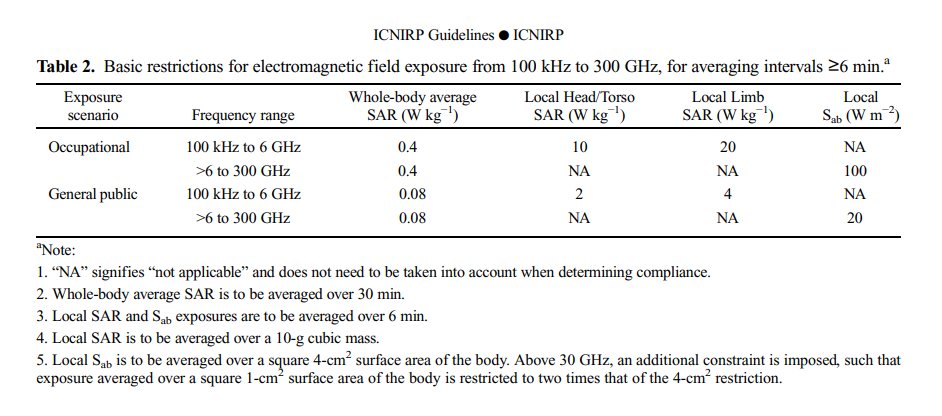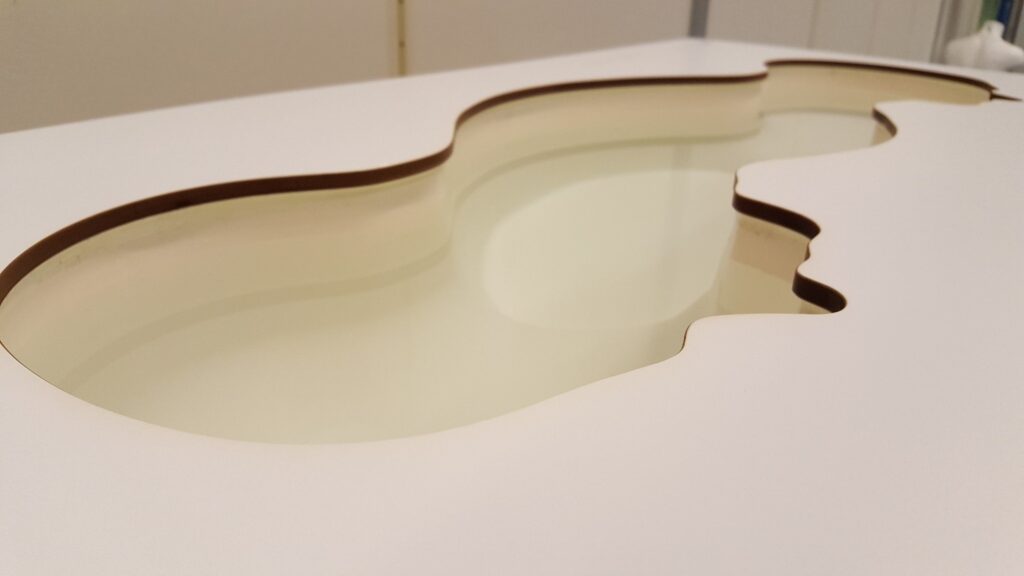What is Wi-Fi 6E?
The advent of Wi-Fi in 1997 made wireless local area networks (WLANs) a global choice and this technology for seamless connection of multiple wireless devices to the internet has since grown in strength.
In the past, Wi-Fi operating frequencies were in the 2,4 GHz and 5 GHz frequency bands. Presently Wi-Fi can ride on a new frequency band, the 6 GHz. This newer application is Wi-Fi 6E and it provides access to a less populated 6 GHz band with advantages of higher speed, lower energy use, and greater reliability.
Why is Wi-Fi 6E important?
An upgrade from the maximum of 5 GHz to 6 GHz might not seem a big deal, but it is a game changer, and a win-win for device manufacturers and end users alike. A common grouse is about decreasing Wi-Fi speed with an increase in users is due to wireless devices sharing the same channels for data transmission.
Wi-Fi 6E mitigates this issue by giving the opportunity for fourteen added 80 MHz channels and seven added 160 MHz channels. When the problem of high traffic on a single channel becomes redundant, there is lesser interference and seamless connectivity. Wi-Fi 6E also allows internet speeds above 1000 Mbps. That indeed is a boon for users of the Wi-Fi ecosystem!
RF exposure testing of Wi-Fi 6E
Specific Absorption Rate (SAR) assessment frequency range extended from 4 MHz to 10 GHz when IEC/IEEE 62209-1528:2020 was in vogue. Previously, SAR testing frequency specified up to 6 GHz. However, SAR would not represent the local tissue temperature rise appropriately when operating at frequencies above 6 GHz.
Therefore, basic restrictions for Absorbed Power Density (APD) for frequencies between 6 GHz and 300 GHz came into practice in the ICNIRP Guidelines (HEALTH PHYS 118(5): 483–524; 2020). The use of 4 cm2 averaging area established by thermal modeling and analytical solutions to provide a good estimate of maximum local temperature rise (6 and 30 GHz) is a norm.
The adverse health impacts to the head, torso, and limb regions due to temperature rise were studied and guidelines published (Table 1). The APD basic restriction for public exposure is set to 20 W/m2 and 100 W/m2 for occupational exposure. The mean time gradually decreases with increasing frequency required to stabilize local temperature rise. A mean time of 6 minutes was allocated.

ICNIRP guidelines for limiting exposure to electromagnetic fields (100 KHz to 300 GHz
IEC PAS 63446:2022 pertains to the conversion method of SAR to APD for the assessment of human exposure to radio frequency electromagnetic fields from wireless devices near the head and body – Frequency range of 6 GHz to 10 GHz provided a method to evaluate APD for devices operated near the human head or body, and in public interest. Devices that operate at this frequency range include smartphones and laptops. The points specified by the IEC PAS 63446:2022 are as follows:
- SAR to APD conversion method
- Uncertainty estimation
- Reporting requirement
- Methods of validation & system check
Applicability of APD in EU
Currently SAR is still the rule-based metric for frequencies up to 10 GHz in Europe. APD will replace SAR for frequencies over 6 GHz in the future as and when the 2020 version of ICNIRP guidelines, which includes the limits for APD, becomes recommended by the European Union (EU) for limitation of RF exposure.
Applicability of APD in Canada
ISED Canada released Supplementary Procedure for SAR assessment and APD Compliance of portable devices in the 6 GHz Band (5925-7125 MHz) on June 2nd, 2022. The general test methods for SAR and APD compliance assessment of portable devices in 6 GHz frequency area were well established.
RF Exposure assessment for Wi-Fi 6E devices for sale in Canada now requires both SAR and APD measurements. SAR assessment is mandatory for the frequency range below 6 GHz (5925 – 6000 MHz) for devices used at or closer than 20cm distance to user or bystander. When these portable devices operate at 6 GHz frequency and above, an assessment is mandatory as per APD limits defined by Health Canada’s Safety Code 6 Notice instead of SAR limits defined in RSS-102. APD limit for over 6 GHz frequencies is 10 W/m2 in Canada.
SAR measurement systems that comply with RSS-102 and IEC/IEEE 62209-1528 are applicable to APD measurements if they have implemented algorithms to convert SAR to APD according to published research. (Samaras, T. et al., 2021. Compliance Assessment of the Epithelial or Absorbed Power Density Below 10 GHz Using SAR Measurement Systems. Bio Electro Magnetics 42-6.) The same tissue-simulant liquid holds good for both SAR and APD testing.
APD test configurations based on protocols FCC KDB 248227 D01 802.11 Wi-Fi SAR, RSS-102 and IEC/IEEE 62209-1528, are applicable to SAR as well. The conversion from SAR to APD requires modifications to eliminate uncertainty at evaluation. A minimum of five test channels are necessary for the 5925-7125 MHz frequency range and by spacing them evenly, these channels could represent the entire frequency range. The main differences between SAR and APD are the following:
- The measurement unit of APD is W/m2 in lieu of W/kg used in SAR measurement.
- The measurement area is square shaped instead of a cube.
- APD assessed at 0 mm separation distance from the SAR phantom, and for the body SAR measurement, a separation distance of 5 mm is the norm.
Source: SPR-APD, Issue 1
Applicability of APD in the U.S.
SAR measurements are mandatory for up to 8.5 GHz FCC based on IEC/IEEE 62209-1528 and any product specific KDB publications. In addition, documentation needed for at least five channels with frequency between 6000 MHz and 8500 MHz to support the evaluation must include:
- Test configurations having the highest SAR require Incident Power Density (IPD) measurements.
- Report of uncertainty during the estimated IPD measurement.
- Reconcile device tune-up tolerance in the power density test data.
- Compliance of APD test data with the test system.
While changes in limit quantity, e.g., to use APD as ICNIRP does, under future FCC rules are possible, it is quite likely that IPD would remain the rule-based metric during the next few years for portable devices above 6 GHz.
Tissue simulating liquids for RF exposure testing
While evaluating the RF exposure of different radio devices tissue, we formulate liquids with dielectric properties like human tissue. Thus, with the help of the liquids it is possible to determine how electromagnetic radiation propagates through human tissue. Ideal tissue simulating liquids must be safe, dependable, and accurate for RF exposure testing.
How to use tissue simulating liquids?
SAR testing phantom use tissue simulating liquid poured into it before starting the test. preparatory to the test. The phantom represents the shape of a human head or torso. With the tested device placed below the phantom, the SAR test robot and test system switch on, SAR is measured by scanning the electric field in the liquid.
The used liquid simulates the electrical characteristics of a human head and body. As the liquid represents human tissues, it is possible to determine the exact amount of RF exposure the radio device would emit to the head or body. The phantoms and tissue simulating liquids vary with the testing purposes. Standard head tissue simulating liquids are applicable for CE/FCC/ISED SAR testing.

Tissue simulating liquids for testing Wi-Fi 6E.
Tissue simulating liquids do not differ in testing SAR and APD. The parameters for tissue simulating liquid’s dielectric properties at the frequency range of 4MHz to 10GHz are published by IEC/IEEE 62209-1528.
For measurements done below 3 GHz, the tolerance in relative permittivity and conductivity values must be ±10 % from the target values. A mathematical SAR correction methodology is applicable to correct the test results due to the offset of the liquid parameters to reduce the measurement uncertainty.
APD measurements at frequencies above 6 GHz necessitate relative permittivity and conductivity values within ±5% from the target values. Studies have shown that the dielectric properties of the tissue simulating liquid specified in IEC/IEEE 62209-1528 are conservative with respect to absorption in the layers of the tissues within the head at the frequency area of 6 GHz – 10 GHz.
APD measurements at Verkotan
Verkotan has broadened its repertoire to assist you with APD measurements. Our DASY8, SPEAG’s 8th generation SAR and APD test systems are now in use. They enable compliance testing with local and whole-body SAR limits from 4 MHz to 10 GHz and with APD limits from 6 GHz to 10 GHz. DASY8 is the most precise and advanced scanning platform for testing RF exposure compliance for both national and international standards.
Verkotan tissue simulating liquids
In addition to SAR and APD testing, we provide standardized and customized tissue simulating liquids for our clients. Our tissue simulating liquids are compliant with IEC/IEEE 62209 –1528, IEC 62209-1, IEC 62209-2, FCC KDB publication 865664 standards and RSS 102. We provide simulating liquids from 150 MHz to 8 GHz for head tissue and simulating liquids from 700 MHz to 6 GHz for body tissue. You may procure liquids for non-standard testing and research purposes from Verkotan Oy as well. Read more about the tissue simulating liquids that can be supplied to your specifications.
Kindly contact us for further information regarding WI-FI 6E testing or tissue simulating liquids. We produce, deliver, and service niche products and are happy to assist with your testing needs.
Follow our social media channels to keep up with the latest news in the world of wireless technology.
If you have any questions or need assistance, contact us. We are happy to help you!
